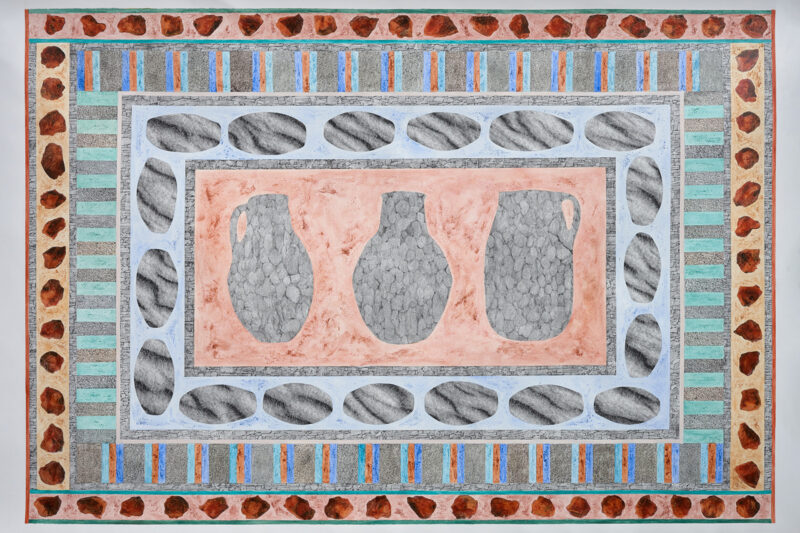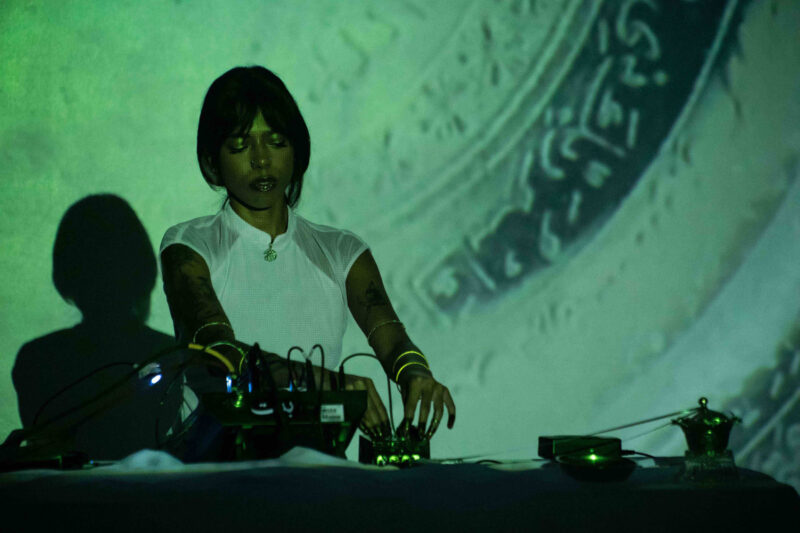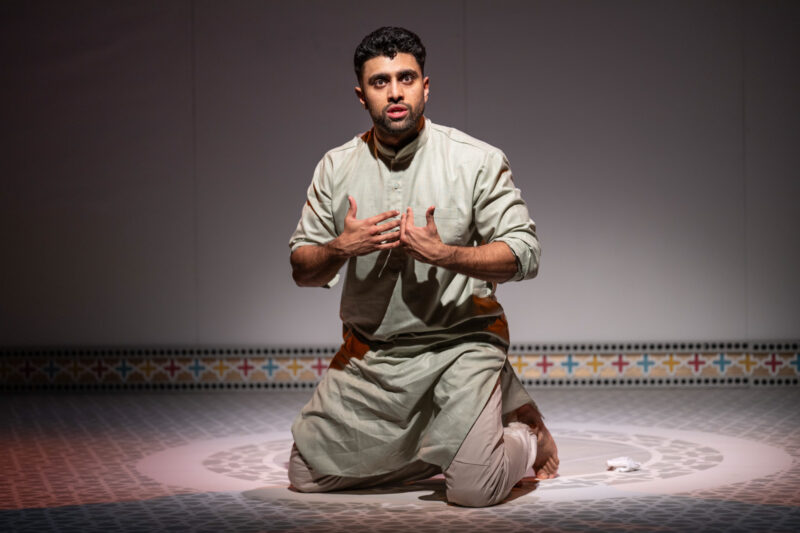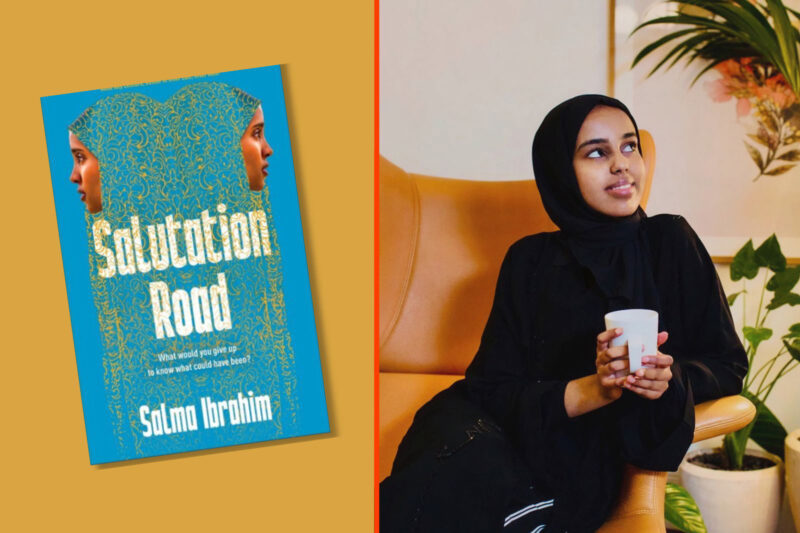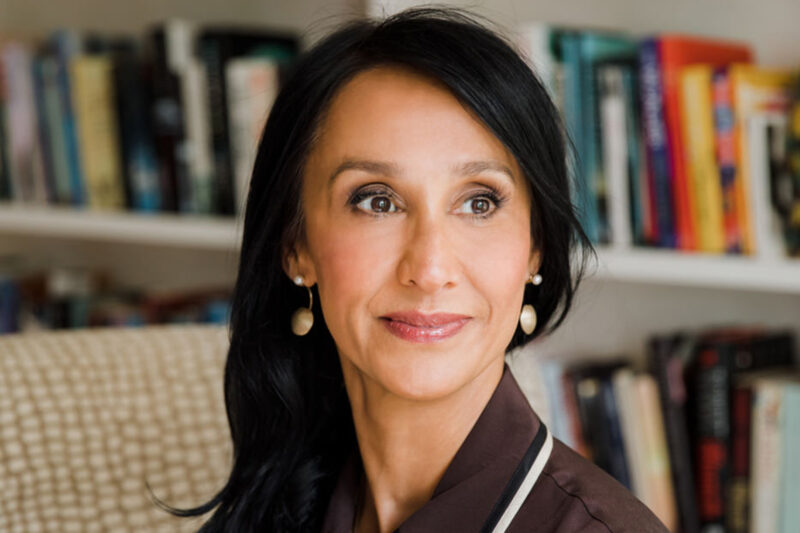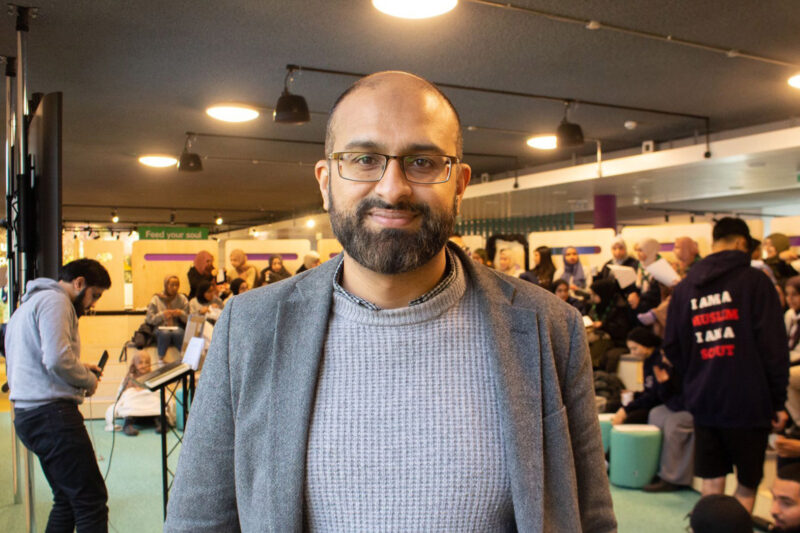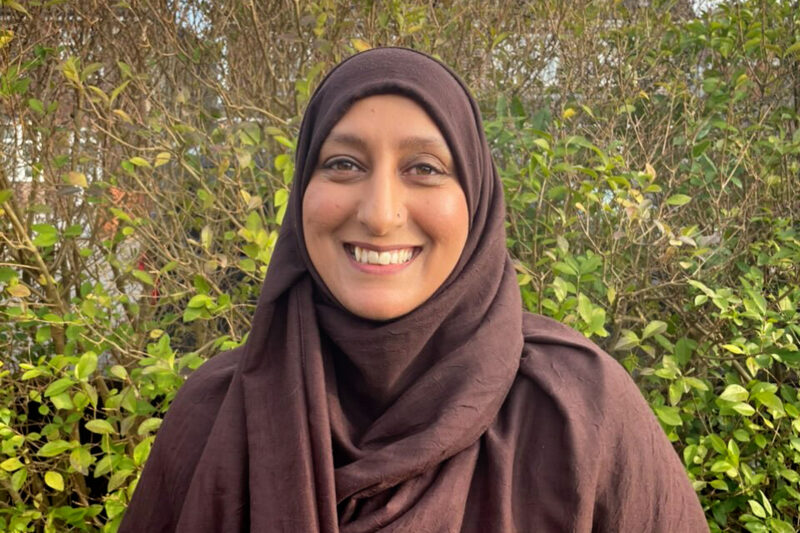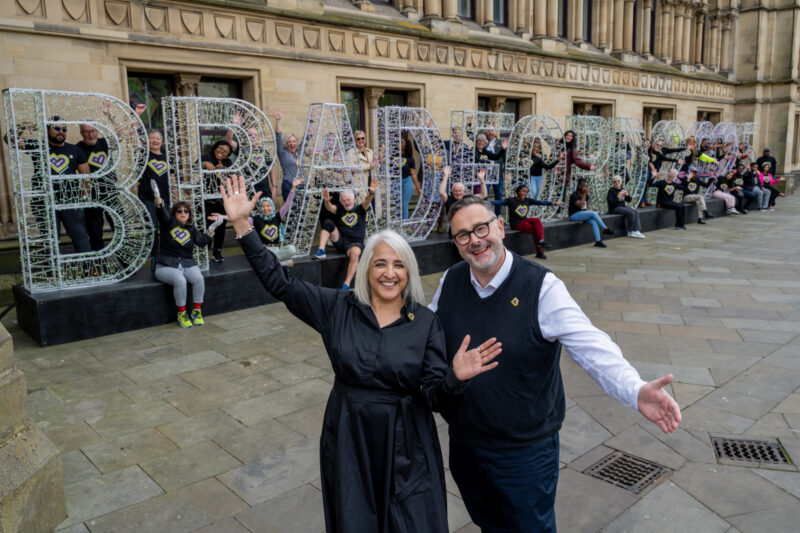
Professor Muhammad Abdel Haleem: ‘The Qur’an is with me every day’
Professor Muhammad Abdel Haleem worked with his Soas students to make his English translation of the Qur’an more accessible. Photograph courtesy of Professor Muhammad Abdel Haleem
First published in 2004, Haleem’s work is still widely regarded as the authoritative English translation of Islam’s key religious text
As a child in Egypt, Muhammad Abdel Haleem learned the 30 chapters, 114 surahs and 604 pages of the standard Arabic version of the Qur’an by heart, laying the foundations for his lifelong dedication to Islamic studies.
His perfect recitation of the Qur’an at the age of 11 secured him a place at Cairo’s prestigious Al-Azhar University, and he was later awarded a fellowship to study at Cambridge University, making the UK his home for more than half a century.
In 2004 Oxford University Press published Haleem’s English language translation of the Qur’an, widely regarded as one of the most authoritative versions. The project, which took seven years to complete, has been praised for emphasising the Qur’an’s literary beauty and depth while being accessible for contemporary readers, both Muslim and non-Muslim.
Haleem is also the King Fahd professor of Islamic studies and director of the Centre for Islamic Studies at Soas University of London, using his work as a scholar to bridge the gap between cultures and languages. He was awarded an OBE in 2008 for services to Arabic culture, literature and interfaith understanding.
This interview has been edited for length and clarity.
Why did you decide to dedicate your life to the Qur’an?
I memorised the Qur’an when I was a child in Egypt, which instilled a love of the Arabic language and of Islam in my heart and mind. It’s with me every day.
In 1971, I joined Soas to teach Arabic and Arabic literature. It was here that I realised some colleagues’ interpretations of the Qur’an weren’t correct. I’d been studying it every day for decades and I felt I had an advantage in understanding the text in depth, so I decided to put all my efforts into teaching and writing about the Qur’an.
Then in 1980, Oxford University Press asked me if I could write an updated translation. The version that was widely used before was written by professor Arthur Arberry in Cambridge, originally published in 1955. Fast forward to 2004, The Qur’an: A New Translation was published.
Alhamdulillah, I am very pleased with myself as I managed to write the book alongside my family and teaching, while working to establish the then new Centre of Islamic Studies at Soas.
How did you go about translating the text?
I would read and study one thirtieth — a chapter — of the Qur’an every day. It was 1997, and I started off by asking a group of students at Soas the best translation of the Qur’an they had read. To my great surprise, they — most of them Muslims — said they don’t read translations because they’d always read and studied the Qur’an in Arabic. So I began to translate one page at a time, giving it to them to read and come back the following week to discuss it. The first time, they said the clarity of the meaning in English needed improvement. So I revised the text and finally the third time they said the copy was perfect and the exact style and language they preferred and understood.
How do you keep the translation close to the Arabic meaning?
Modern language and my understanding of the Qur’an were the most important factors in producing this text. Some people think that it is a literal rendering of what was said in Arabic, but that produces Arabic English, not the English which native English speakers naturally understand.
When I read the words I translate them in a way that I feel is the English way to say it. So you produce an equivalence to the text rather than the literal word by word. In translation studies, this grammar principle is called the theory of equivalence.
What challenges did you face when translating the rich Arabic language of the Qur’an?
In Arabic, a word can often have three meanings. Before I start to write any translation, I study the context of the text, which determines what I should say. If you don’t do this, you can produce text that is irrelevant and does not necessarily fit. For instance, there’s a verse in the Qur’an with a phrase that states “bighayri ḥisāb”, which carries at least three different meanings: “God provides for whoever he wishes”, “God will provide limitlessly” and “God will provide without calling people to account”.
Another difficulty in the translation is how condensed the Arabic is. You have to be brief and concise, making the meaning clear in a few words. However, in English, the same ideas often require expansion, without altering the original message.
Why is it important to have accessible translations of the Qur’an?
The Qur’an is a core text of Islam and many of the existing translations contained inaccuracies and inaccessible language, so it was important to establish the profound message of the Qur’an to non-Muslims and non-Arabic speaking audiences.
Some people have even reverted to Islam after reading my book — despite this not being my intention — which is important to me.
 Newsletter
Newsletter



